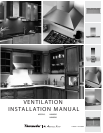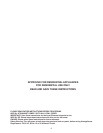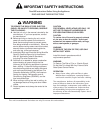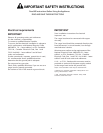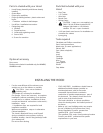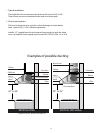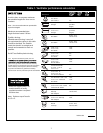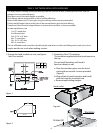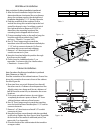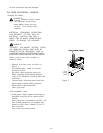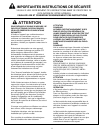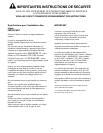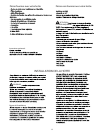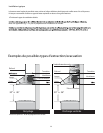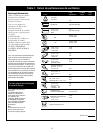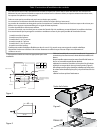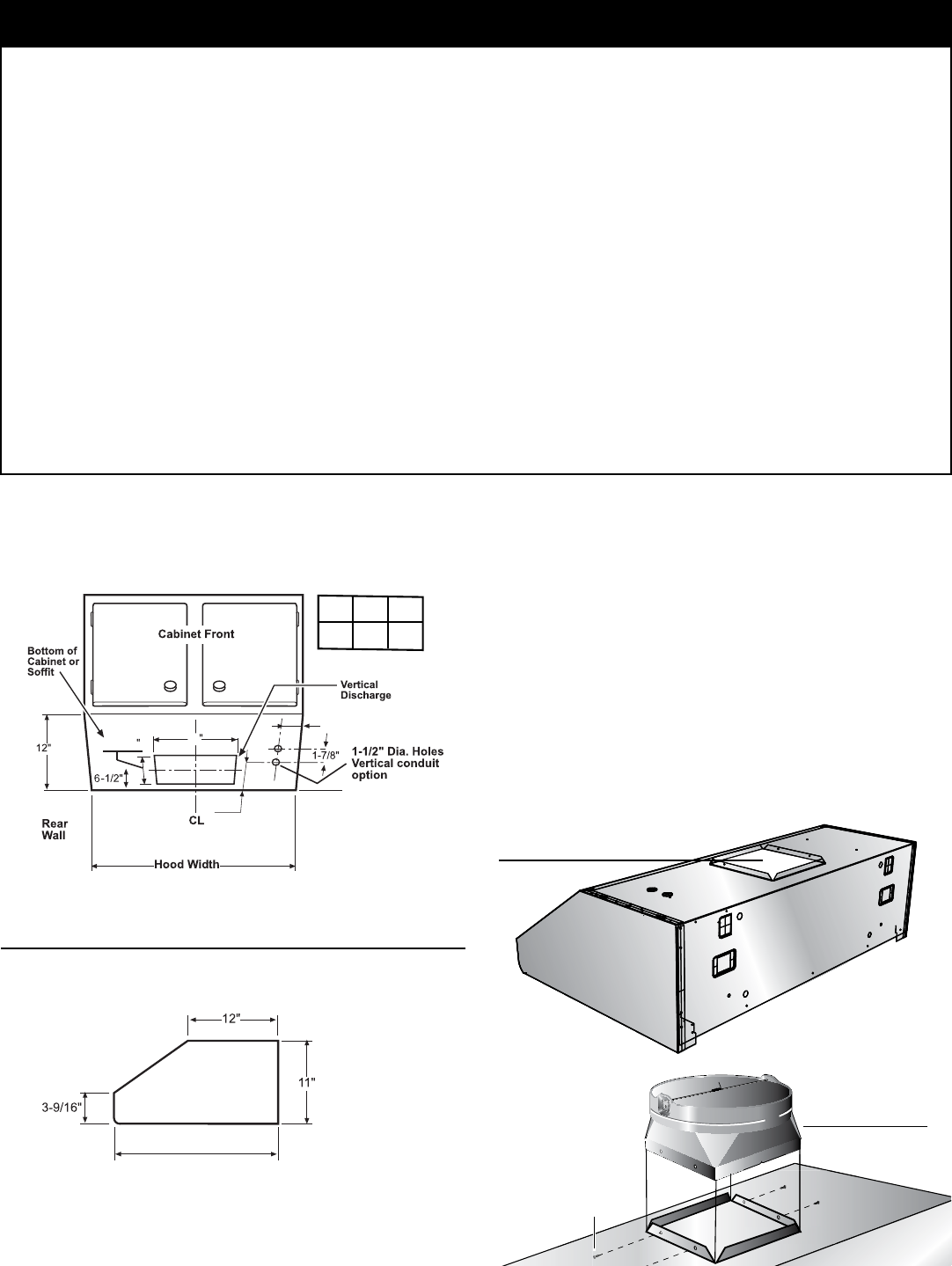
1. Prepare duct and conduit cut outs, see gures
1 and 2 as needed.
22
23-1/8”
Transition
Screws (4)
a. Place the transition piece over the hood
outlet and secure with 4 screws provided.
(Figure3)
b. Wrap all joints (metal transition and hood)
with duct tape for an airtight seal.
c. Remove tape holding damper.
Assembly of the 10” transition:
The transition supplied with the hood mounts to
the top.
Do not install transition until hood is
xed on cabinet or wall.
2.
Figure 3
Hood outlet
8
TABLE 2. DUCTWORK INSTALLATION GUIDELINES
For safety reasons, ducting should vent directly outdoors (not into an attic, underneath the house, into the
garage or into any enclosed space).
Keep duct runs as short and straight as possible.
Duct ttings (elbows and transitions) reduce air ow efciency.
Back to back elbows and “S“ turns give very poor delivery and are not recommended.
A short straight length of duct at the inlet of the remote blower gives the best delivery.
Transition to duct from the integral blower to remote duct transition as close as possible.
In order opreference, use:
1st. 10” round duct
2nd. 8round duct
3rd. 3-1/4” x 14” duct
4th. 7” round duct
5th. 3-1/4” x l0” duct
6th. 6” round duct
The use of exible metal round duct should only be used when no other duct tting exists. Limit use to short
lengths
and do not crush when making corners.
Figure 1
Figure 2
10-1/2
5- 7/8”
X
X
36”
30”
2-3/4”
4-9/16”
Model



